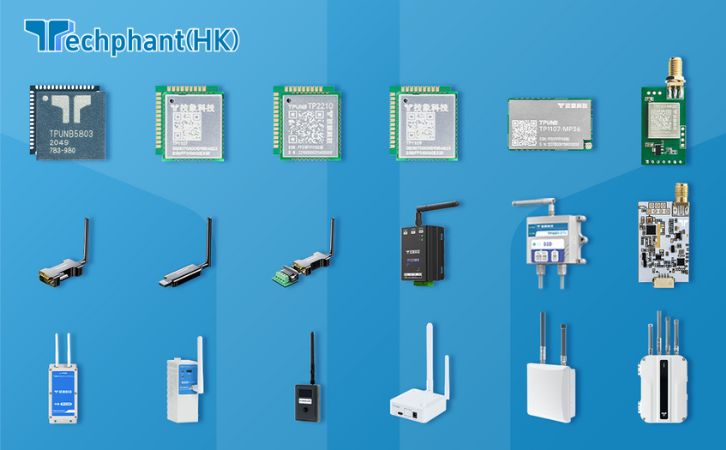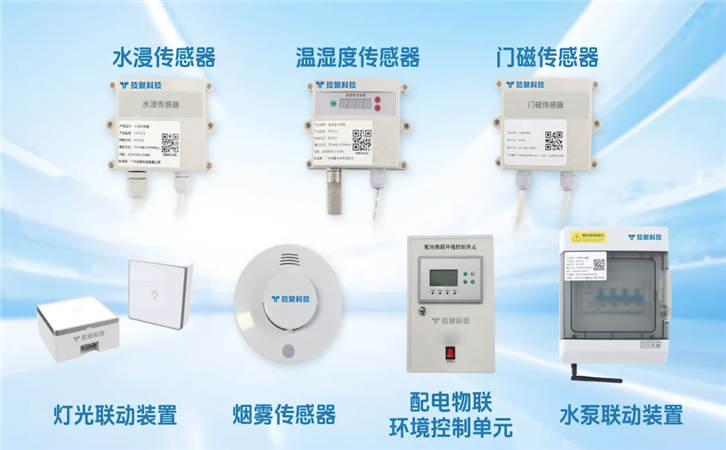The convergence of the Industrial Internet of Things (IIoT) and digital twin technology is reshaping industrial automation, creating smarter, more efficient, and responsive workflows. IoT devices, such as sensors and actuators, provide real-time data from physical assets, while digital twins—virtual replicas of these assets—enable advanced simulation, monitoring, and optimization. Together, they empower manufacturers to predict issues, streamline operations, and enhance decision-making in smart factories. This article explores how IoT and digital twins revolutionize industrial automation workflows, detailing their applications, benefits, and challenges.
I. Understanding Digital Twins and Their Integration with IoT
A digital twin is a dynamic, virtual model of a physical asset, process, or system, built using real-time data collected by IoT devices. In industrial automation, IoT sensors embedded in machinery, production lines, or supply chains capture data on parameters like temperature, pressure, vibration, and throughput. This data feeds into the digital twin, creating a real-time, high-fidelity representation that mirrors the physical asset’s behavior and condition.
For example, in an automotive factory, IoT sensors on a robotic arm collect data on joint movements, torque, and energy consumption. This data is transmitted to a digital twin of the arm, which simulates its performance under various conditions. The twin can predict wear, optimize motion paths, or test upgrades without disrupting the physical system. Unlike static models, digital twins evolve continuously, leveraging IoT data to reflect real-world changes, making them invaluable for dynamic environments like smart factories.
The integration of IoT and digital twins relies on robust connectivity, often through 5G or LoRaWAN, and advanced analytics platforms. Cloud or edge computing processes the massive data streams from IoT devices, enabling the digital twin to provide actionable insights. This synergy transforms industrial automation by enabling proactive decision-making, reducing downtime, and fostering innovation in workflow design.
II. Enhancing Predictive Maintenance and Equipment Longevity
One of the most impactful applications of IoT and digital twins in industrial automation is predictive maintenance. IoT sensors monitor equipment health in real time, collecting data on variables like vibration, temperature, and lubricant levels. This data feeds into a digital twin, which uses machine learning algorithms to analyze patterns and predict potential failures before they occur.
For instance, in a chemical processing plant, IoT sensors on a pump track pressure and flow rates, while the pump’s digital twin simulates its performance under varying conditions. If the twin detects anomalies, such as irregular pressure spikes, it can forecast a failure weeks in advance, allowing maintenance teams to intervene during scheduled downtime. Industry studies suggest that predictive maintenance powered by IoT and digital twins can reduce unplanned outages by up to 50% and extend equipment lifespan by 20–30%.
Digital twins also enable scenario testing, allowing engineers to simulate maintenance strategies or upgrades virtually. For example, a digital twin of a conveyor system can test the impact of new motor configurations without physical modifications, saving time and costs. By combining IoT’s real-time data with digital twins’ predictive capabilities, manufacturers achieve greater reliability and efficiency in their automation workflows.
III. Optimizing Production Processes and Workflow Efficiency
IoT and digital twins streamline production processes by providing granular insights into workflows and enabling real-time optimization. IoT sensors monitor every stage of production, from raw material handling to final assembly, capturing data on cycle times, energy usage, and defect rates. This data feeds into digital twins of entire production lines, allowing manufacturers to identify bottlenecks, optimize resource allocation, and improve throughput.
For example, in a semiconductor manufacturing facility, IoT sensors track temperature and humidity in cleanrooms, while a digital twin of the production line simulates the impact of environmental changes on chip quality. If the twin identifies a risk of defects due to humidity fluctuations, it can recommend adjustments to climate control systems in real time. This level of precision can boost production yields by 10–15%, according to industry benchmarks.
Digital twins also facilitate process redesign. By simulating workflow changes, such as reconfiguring machine layouts or adjusting production schedules, manufacturers can test improvements virtually before implementation. IoT data ensures these simulations reflect real-world conditions, reducing risks and costs associated with physical trials. This capability is particularly valuable in industries with complex, high-stakes workflows, such as aerospace or pharmaceuticals, where efficiency gains directly impact competitiveness.
IV. Challenges in Implementing IoT and Digital Twins
While IoT and digital twins offer transformative benefits, their implementation in industrial automation faces several challenges. First, data integration is a significant hurdle. IoT devices generate vast amounts of heterogeneous data from diverse sources, such as sensors, PLCs, and ERP systems. Creating accurate digital twins requires seamless data aggregation and standardization, often necessitating advanced middleware or IoT platforms like MQTT or OPC UA.
Second, cybersecurity is a critical concern. IoT devices are vulnerable to attacks, and a compromised sensor could feed inaccurate data to a digital twin, leading to flawed simulations or decisions. For example, a hacked temperature sensor could mislead a digital twin into recommending unsafe operating conditions. Robust encryption, secure authentication, and regular firmware updates are essential to protect IoT networks and ensure digital twin reliability.
Third, the computational complexity of digital twins demands significant infrastructure. High-fidelity twins require powerful cloud or edge computing resources to process IoT data in real time, which can be costly for small and medium-sized enterprises. Additionally, creating and maintaining digital twins requires specialized expertise in data science, modeling, and industrial engineering, posing a skills gap in some organizations.
Finally, scalability is a challenge. Deploying IoT and digital twins across large, multi-site operations requires standardized protocols and interoperable systems. Legacy equipment, common in many factories, may lack IoT compatibility, necessitating costly retrofitting. Addressing these challenges requires strategic investments in technology, training, and partnerships with IoT and digital twin solution providers.
Conclusion
The integration of IoT and digital twins is revolutionizing industrial automation workflows by enabling real-time monitoring, predictive maintenance, and process optimization. IoT sensors provide the data foundation for digital twins, which offer dynamic, actionable insights into equipment and production systems. From reducing downtime to enhancing efficiency, this powerful combination drives smarter, more resilient manufacturing operations. However, challenges like data integration, cybersecurity, and scalability must be addressed to fully realize their potential. As IoT and digital twin technologies advance, their adoption will continue to transform industrial automation, paving the way for more innovative, efficient, and sustainable workflows in smart factories.


